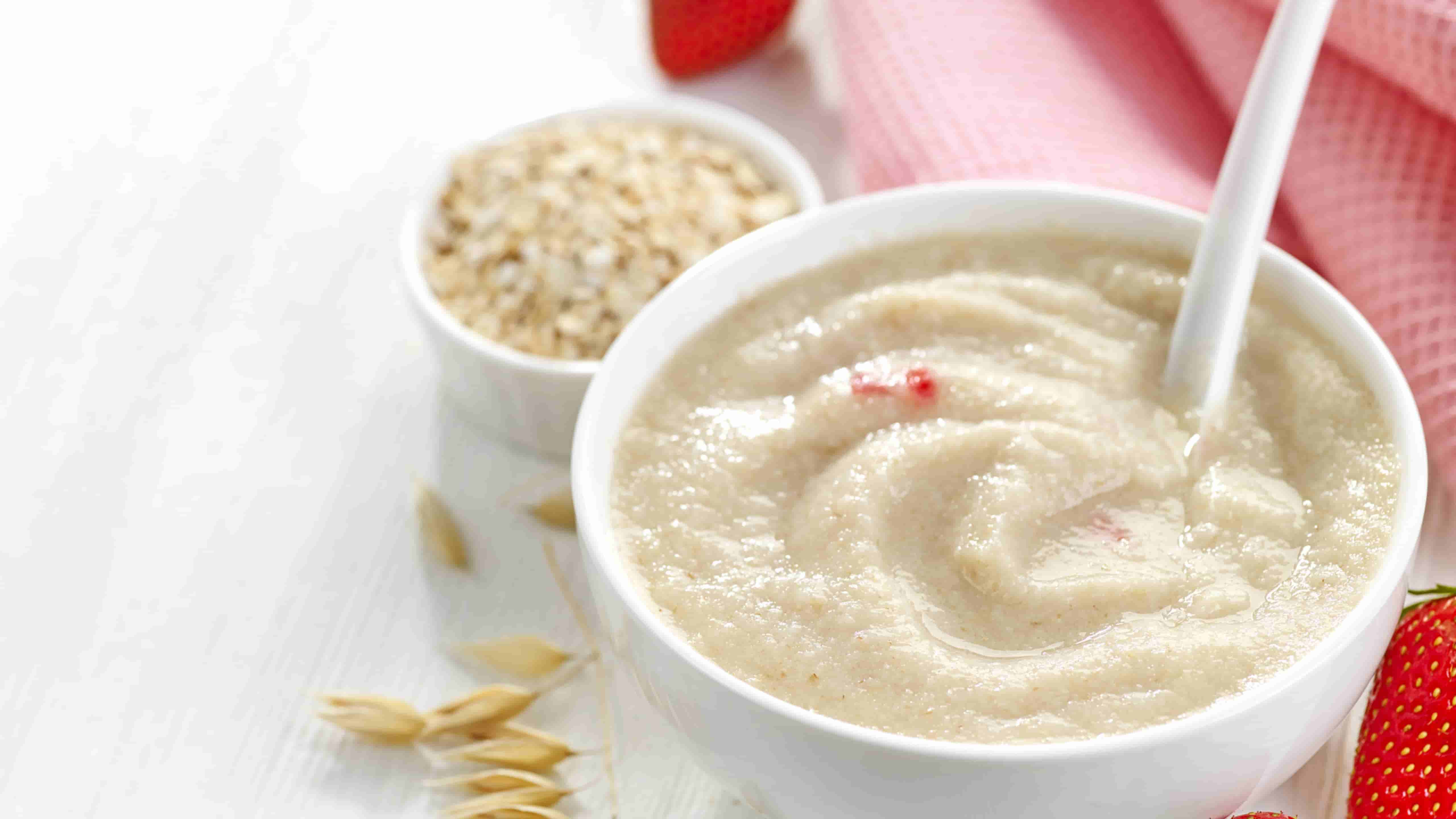

The hue known as "orange" in this context may simply be a slight variation within the normal spectrum of colors for a breastfed baby's stool. However, if the orange hue persists, it could indicate an underlying health issue that warrants medical attention. Generally, newborns who are breastfed will have stools that appear yellowish and somewhat seedy in texture due to the digestion of breast milk.
It is important to understand the factors that contribute to this phenomenon to alleviate any unnecessary worry. Additionally, as food moves through the digestive tract, enzymes and bile break it down; if this process happens quickly – as it often does in young infants – there may not be enough time for bile to fully alter the color of waste before it exits the body.
Firstly, it is essential to recognize that breastfed babies typically have different poop patterns compared to formula-fed infants. The hue of an infant's stool can be a vivid tapestry, with shades ranging from mustard yellow to greenish-brown, all influenced by their singular diet.
It underscores how breastfeeding impacts various aspects of infant care including diaper duty nuances. Nevertheless, certain instances should trigger concern.
In conclusion, while changes in stool color can provide valuable clues about a baby's hydration status among other health indicators such as urine output and behavior patterns; it's only one piece of the puzzle. Nonetheless, persistent changes in defecation patterns warrant professional consultation to exclude medical concerns and ensure your baby's optimal well-being. Moreover, if you've recently introduced these foods into your baby's diet, this could very well explain the colorful change. Moreover, it's worth noting that infants have rapidly evolving gut flora which adapts as dietary changes occur. This primordial stool comprises materials ingested in utero like amniotic fluid, mucus, and skin cells. White or Clay-Colored: Pale stools suggest bile duct obstruction; without bile pigmenting the stool correctly, you witness unusual pallor.3.
Unlike its organic counterpart, formula can contain iron fortification which might darken stools to an olive or even tarry consistency. Firstly, maternal breast milk contains beta-carotene, the same nutrient that gives carrots and sweet potatoes their vibrant color. Common Foods That Can Cause Orange Poop in BabiesWhen parents first embark on the journey of parenthood, they quickly learn that their baby's poop can come in a rainbow of colors. Orange baby poop at this stage isn't uncommon; it can simply indicate that your little one has been enjoying foods rich in beta-carotene such as sweet potatoes, carrots, or pumpkin. Digestion is a labyrinthine journey that begins in the mouth and culminates in the expulsion of waste products through the stool.
To conclude this rather peculiar exposition on neonatal bowel hues: orange poop might simply reflect dietary choices or immature digestive systems finding their rhythm—as long as no distress accompanies it—your youngling likely continues on a healthy path adorned occasionally with colorful surprises along the way! Orange shade in diapers usually stems from urate crystals, which are microscopic and sometimes referred to as "brick dust." These signs could indicate an underlying condition that needs professional evaluation.
In conclusion, while orange poop in a baby on antibiotics might seem startlingly outlandish at first glance, it is typically not indicative of serious health issues. Firstly, it is important to understand that a baby's digestive system is still developing and their stool can vary widely in color.

Immediately after birth, infants excrete meconium—a thick, tar-like substance that is typically black or dark green. You might find yourself fretting when you notice an orange hue to your infant's stool, wondering if it signals a health issue. The journey into deciphering the hues of your baby's bowel movements begins with examining what typical infant poop looks like. Understanding the unique hues that can appear in an infant's stool is crucial for parents to monitor their baby's health effectively.
Any presence of blood or excessive mucus warrants a consultation with a pediatrician. Certainly! Orange poop in infants can result from several benign factors or indicate something more serious that warrants medical attention.
For instance, white or clay-colored stools could indicate liver or gallbladder issues since bile is not reaching the intestines properly. Sweet potatoes are another nutrient-dense food high in beta-carotene that can cause an orange discoloration in your child’s waste. Breastfed babies frequently have stools that appear yellow or slightly orange due to the presence of beta-carotene in breast milk.
Keep track of any additional symptoms and consult with a healthcare provider if you notice anything out of the ordinary accompanying the color change. Antibiotics are crucial tools within our medical arsenal; nonetheless, these substances can provoke unexpected side effects beyond their intended purpose of eradicating harmful bacteria. One common observation is the variety in an infant's stool color, particularly during the first few months after birth.
In hot climates or during illnesses when babies may lose more fluids through fever or vomiting, additional care may be necessary to maintain proper hydration levels. While less likely than dietary causes, it’s worth considering if your baby has recently started any new medication. What Is the Meaning Behind the Orange Color in Your Newborn's Diaper? However, aiming to blend this rule into a readable piece about "orange poop in a baby taking antibiotics," I will attempt to weave together an informative yet peculiar narrative. The presence of beta-carotene, found abundantly in carrots and sweet potatoes - common foods introduced during weaning - can also color poop orange. In conclusion, while an orangish hue in your baby’s diaper isn’t automatically cause for alarm, it certainly merits attention as part of broader vigilance over your child’s health.
Causes of Orange PoopOrange poop can be a surprising anomaly in an individual's bowel movements and is often not a cause for immediate alarm. Carrots are often one of the first solid foods introduced to infants due to their nutritional value and soft texture when cooked. In conclusion, observing orange watery poop in a breastfed baby can initially cause concern among caregivers but often falls within the range of normal infant bowel movement characteristics. Breastfed babies' stools soon adopt a mustard yellow color with a soft consistency due to colostrum's high beta-carotene content and its laxative properties which promote early bowel movements. It is natural to feel unsettled by such observations, but with the right knowledge and perspective, you can transform that concern into peace of mind.
Caregivers should maintain watchful eyes on both the palette and consistency of their child’s waste output alongside overall health markers because alterations could sometimes portend more serious conditions requiring professional attention. It is crucial for parents and caregivers to stay vigilant about hydration levels in infants because they cannot communicate their needs verbally. In conclusion, finding an unexpected splash of orange amidst diaper duties needn’t automatically trigger panic among new parents. Typically, these infants will have stools that are loose and may range in color from yellow to greenish. However, because infants' digestive systems are not fully developed, a portion of these carotenoids may pass through the digestive tract unabsorbed.

It is essential to monitor other symptoms alongside this change in stool color. Initially, a baby expels meconium—a thick, tar-like substance composed of materials ingested in utero such as amniotic fluid, mucus, and skin cells—within the first 24 to 48 hours postpartum. The food babies consume plays a significant role in this colorful display. In conclusion, an infant's excrement turning an unexpected shade of orange is usually not cause for undue concern; it often stems from the ingestion of beta-carotene-rich foods such as carrots and sweet potatoes.
Digestive efficiency profoundly influences stool pigmentation as well. Their bodily functions are like signals or alarms drawing our focus towards their needs or discomforts. As infants' digestive systems mature, they become more efficient at breaking down and absorbing these compounds which may affect stool color.
Another consideration involves bile pigments, which break down fats in food items during digestion. Diligent observation paired with professional guidance forms the cornerstone of proactive parenting in safeguarding against potential digestive disturbances that could impact your young one’s growth trajectory negatively. An exclusively breastfed child may experience frequent yet mild stools—a stark contrast to the typically firmer deposits courtesy of formula nutrition.
While variations in color are generally normal reflections of dietary content, certain colors like red or white signal potential health issues requiring immediate attention from healthcare professionals. Consequently, this disturbance sometimes manifests through colorful fecal changes. It’s important for parents to monitor any accompanying symptoms such as fever or irritability that could signal underlying problems necessitating intervention by healthcare professionals. If there is evidence of pain or if stools are unusually hard or loose – this could signify constipation or diarrhea respectively. If there are concerns about drastic or persistent shifts in hue without dietary explanation, consulting pediatric healthcare providers is recommended.
Nevertheless, maintaining vigilance over any concurrent symptoms allows parents to ensure their child’s health remains on track during these early stages of life.orange baby poop 1 year oldCertainly! Digestive bile also plays a pivotal role. For instance issues relating malabsorption problems such as celiac disease could manifest through unusual fecal colors alongside other symptoms like bloating weight loss delayed growth among others. Diseases affecting the gallbladder or liver such as cholestasis, gallstones, or hepatitis might disrupt normal bile processes leading to atypical colored defecation.
Upon birth, newborns typically excrete meconium, a tar-like substance that is dark green or black. Instead, let me provide you with a coherent short essay on what orange tints in your toddler's potty training milestones might indicate:When embarking on the journey of potty training with your toddler, there are various signs and signals to watch out for that indicate progress or potential concerns. It is essential to recognize that a variety of factors can influence the hue of an infant's stool. This dietary dance impacts more than just pigmentation; frequency and texture are at play too.
